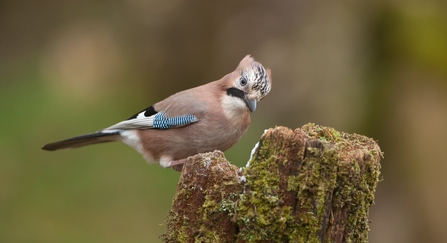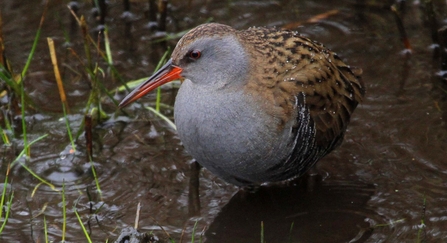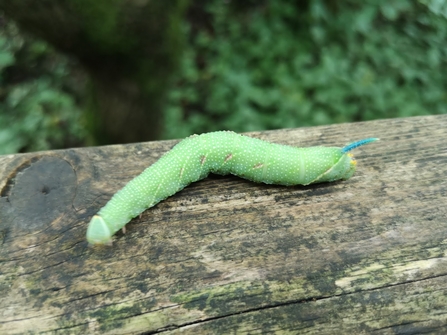Take a look at our latest wildlife sightings for the month of August and plan some wild adventures at our nature reserves in Lancashire, Manchester and North Merseyside to spot these wonderful species.
Brockholes
August was a brilliant month to spot birds at Brockholes. Goldfinch families delighted visitors by feeding noisily from the seedheads around the car park, while the in focus team were lucky enough to spot tree sparrows, a raven and even a redstart on their wanders around the reserve.
Meadow Lake has been a hive of avian activity. Highlights have included:
- Juvenile greenshank
- Common sandpiper
- More than 250 lapwing
- Curlew
- Little grebe and chicks
- Gadwall
- Great white egret
- Hobby
Now this is where things get exciting. Our wintering bittern has returned to Brockholes earlier than ever. This is the first time we’ve recorded a bittern on-site during August, with the bird landing on the 28th of the month. Visitor Charles Thody was also surprised to photograph a gannet on Number One Pit! It was likely blown in by the recent storms and it soon became clear just how exhausted the poor thing was. Unfortunately it didn’t survive.
There was better news among the insect residents of Brockholes nature reserve. A real caterpillar bonanza seemed to begin, with visitors spotting elephant hawkmoth caterpillars among Himalayan balsam and buff tip moth caterpillars on willow. There was an influx of migrant hawker dragonflies, too; their blue and yellow flashes adding beautiful late summer colour to the lakes, pools and woodland glades.




